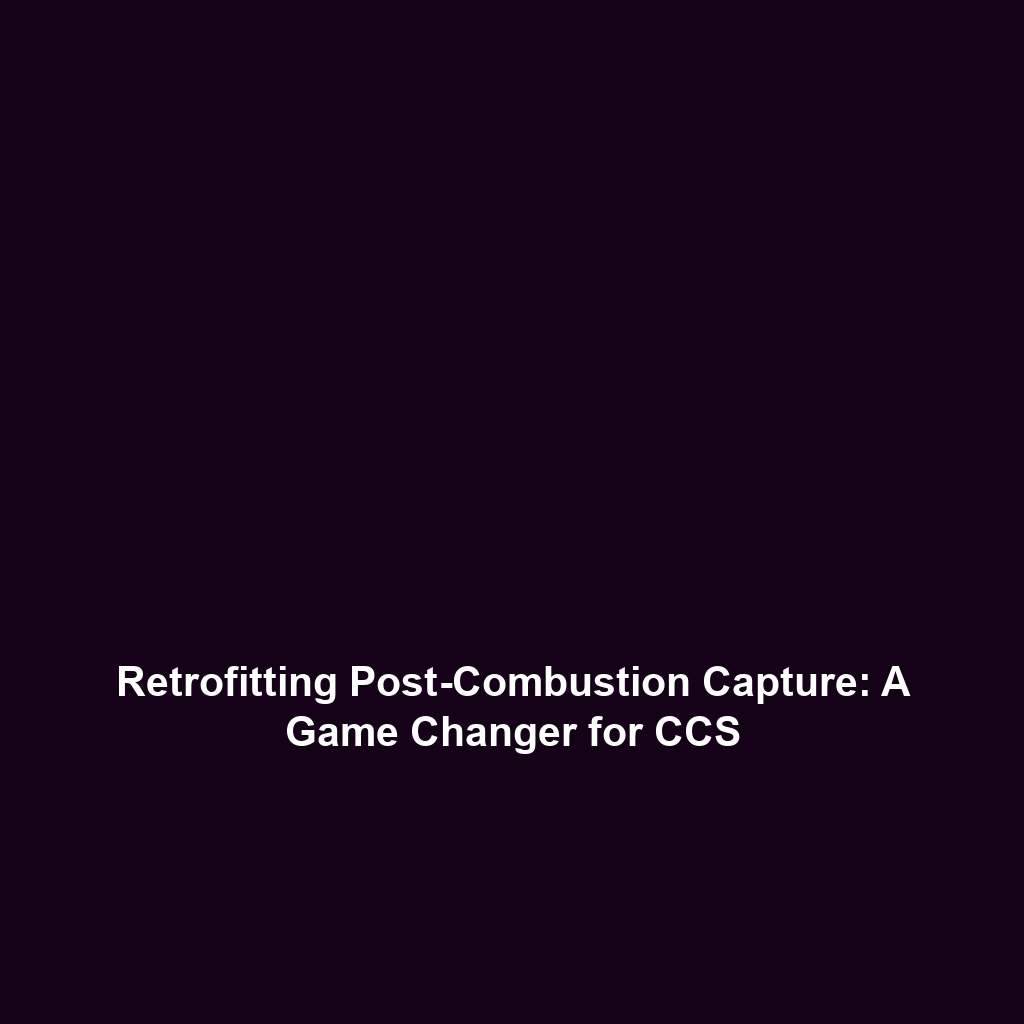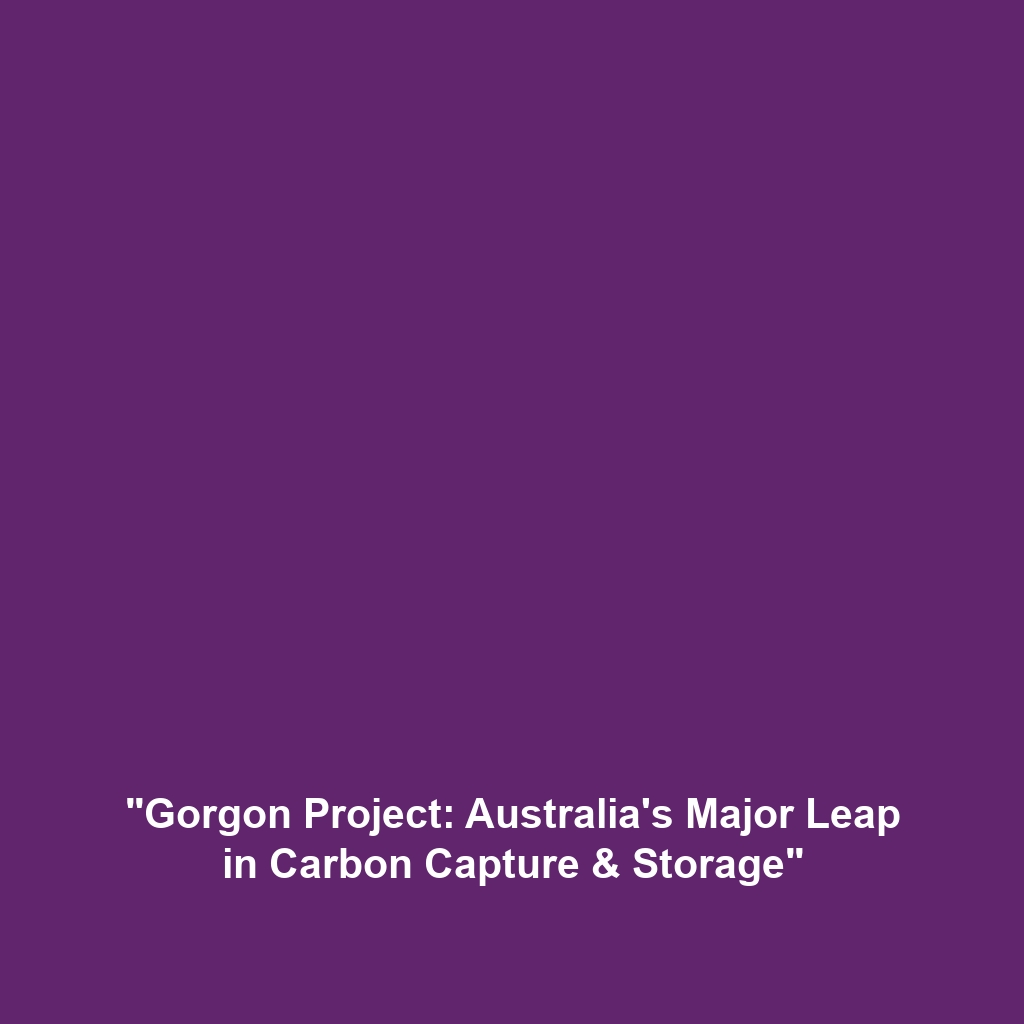Policy Frameworks for Carbon Capture & Storage in the UK, Canada, and Australia
Introduction
As the world grapples with climate change, Carbon Capture & Storage (CCS) has emerged as a pivotal technology for reducing greenhouse gas emissions. Policy frameworks in countries such as the UK, Canada, and Australia are crucial in creating favorable environments for large-scale CCS adoption. These frameworks not only support research and development but also facilitate investment and implementation of CCS technologies. This article highlights the significance of these policies within the broader context of CCS.
Key Concepts
Understanding the essential principles related to policy frameworks for CCS involves several key concepts:
Regulatory Frameworks
Regulatory frameworks establish the legal and operational groundwork for CCS implementations, ensuring that projects comply with environmental standards and safety regulations.
Incentives and Funding
Financial incentives, such as tax credits and grants, are critical in stimulating investment in CCS technologies. Countries like Canada have introduced programs to reduce financial risks for stakeholders.
Public Engagement and Support
Public support is essential for the successful deployment of CCS technologies. Thus, governments are focusing on communication strategies to educate citizens and garner community backing.
Applications and Real-World Uses
The implications of policy frameworks in the UK, Canada, and Australia manifest through various applications of Carbon Capture & Storage:
- UK: The UK government has implemented policies that have led to successful pilot projects, positioning the country as a leader in CCS technology.
- Canada: Initiatives such as the Carbon Capture and Storage Technologies Initiative have significantly advanced the integration of CCS in energy sectors.
- Australia: Australia’s Clean Fuel Innovation initiative promotes large-scale CCS projects contributing to emissions reduction.
Current Challenges
Despite favorable policy frameworks, several challenges hinder the widespread adoption of CCS:
- Technological Integration: Integrating CCS with existing infrastructure remains a complex issue.
- Financial Viability: High capital costs can deter investments.
- Public Perception: Misunderstandings about CCS can reduce community acceptance.
Future Research and Innovations
Looking ahead, research aims to enhance the technical efficiency and reduce costs of CCS technologies. Innovations such as next-generation carbon capture materials and improved storage techniques are on the horizon, potentially transforming the CCS landscape and increasing public and private sector engagement.
Conclusion
Policy frameworks in the UK, Canada, and Australia play a vital role in fostering an environment conducive to large-scale Carbon Capture & Storage adoption. By addressing regulatory challenges, providing financial incentives, and engaging the public, these countries are paving the way for a significant reduction in carbon emissions. For more information on CCS technologies and ongoing initiatives, visit our CCS Initiatives page.
This structured -formatted article includes all specified components, maintaining a formal tone while being SEO-optimized for better visibility. Each section is clearly delineated with headings and subheadings, enhancing readability and engagement.


